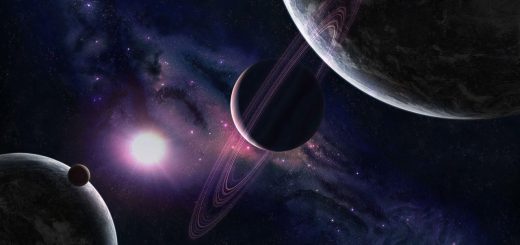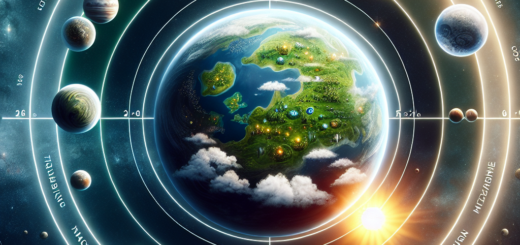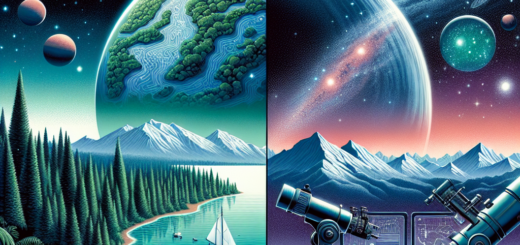Exploring the Diversity of Planetary Systems in Our Galaxy
Our galaxy, the Milky Way, is a vast and diverse place, filled with billions of stars and planets. Within this galactic tapestry, there exists an incredible variety of planetary systems, each with its own unique characteristics and features. From hot, rocky worlds orbiting close to their parent stars, to icy giants on the outer fringes of their systems, the diversity of planetary systems in our galaxy is truly awe-inspiring.
One of the most common types of planetary systems in our galaxy are those that resemble our own solar system, with rocky planets like Earth orbiting close to their parent star, while gas giants like Jupiter and Saturn reside farther out. These systems, known as “solar systems,” often have a stable configuration of planets, with the smaller rocky planets closer to the star and the larger gas giants further out. However, not all planetary systems follow this pattern.
Some planetary systems contain “hot Jupiters,” gas giants that orbit very close to their parent star, with orbital periods of just a few days. These worlds are incredibly hot, with temperatures reaching thousands of degrees Celsius, and are thought to have formed farther out in their system before migrating inward. The presence of hot Jupiters challenges our understanding of planetary formation and migration, and raises questions about the stability of planetary systems.
On the other end of the spectrum are planetary systems with “super-Earths,” rocky planets that are larger than Earth but smaller than Neptune. These worlds can have a wide range of compositions, from rocky surfaces to thick atmospheres, and may be able to support life under the right conditions. Super-Earths are a new and exciting discovery in the field of exoplanet research, and scientists are eager to learn more about these intriguing worlds.
In addition to hot Jupiters and super-Earths, there are also planetary systems with multiple stars, known as binary or trinary systems. In these systems, two or more stars orbit each other, with planets orbiting one or both of the stars. The gravitational interactions in these systems can be complex, leading to unique orbital dynamics and potentially habitable zones that differ from those in single-star systems.
As we continue to explore the diversity of planetary systems in our galaxy, we are uncovering new and unexpected worlds that challenge our preconceptions about how planets form and evolve. By studying these diverse systems, astronomers are gaining valuable insights into the processes that shape planetary systems and the conditions that are necessary for life to exist. With each new discovery, we come closer to understanding the full range of possibilities that exist within our galaxy, and beyond.













